Textos
© by Ricardo da Costa © 1995-2024
All rights reserved.
© by Ricardo da Costa © 1995-2024
All rights reserved.

139
Brief exposition of the importance of Music in Western aesthetic thought. Since Plato, and later, in the Middle Ages, San Isidore of Seville, Guido of Arezzo and Ramon Llull, all had thinkers who did meditations on the importance of the aesthetics of harmonic sounds for human existence. In relation to Llull, we deal with the subject from the works Doctrina pueril (c.1274-1276), Fèlix o el Libre de meravelles (c.1289), Arbre de Ciència (c.1295-1296), Ars generalis ultima (c.1305), Ars brevis (1308) and especially, the Libre de contemplació en Déu (c.1273-1274).
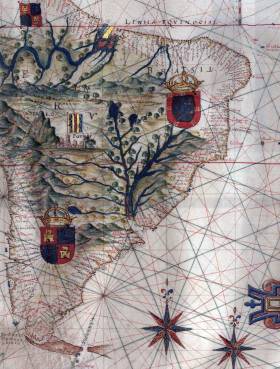
138
Analysis of the academic studies about the Middle Ages in the State of Espírito Santo (ES-Brazil).

137
Review of the Complete Works of the Valencian poet Ausiàs March (1400-1459), edited by Robert Archer.

136
Analysis of the concept of tolerance and its inapplicability to the study of relations between religions in the Middle Ages.

135
Academic Memorial presented on April 26, 2017 to a Special Commission to progress to the last level of academic career in Brazil (Professor Titular).

134
The Multiple Middle Ages investigated by Jacques Le Goff (1924-2014) in his academic career: civilization, imaginary, cities, bankers, daily life, intellectuals, Saint Louis (1214-1270).
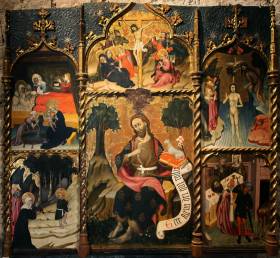
133
Étude iconographique du Retable de Saint Jean-Baptiste (1425-1430), attribué au peintre gothique catalan Bernat Martorell (1390-1452), afin d’analyser les représentations imagétiques du corps du saint, ses expressions faciales, ses gestes.
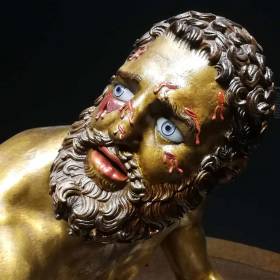
132
First part of the book Aesthetics.
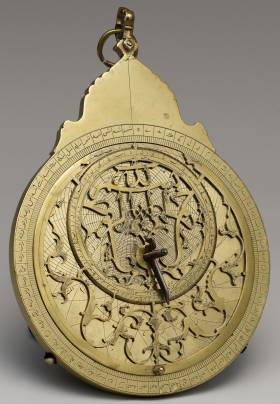
131
Analysis of Tractat d'Astronomia (1297) of Catalan Philosopher Ramon Llull.

130
The importance of Astrology / Astronomy in the Middle Ages, especially the artistic metaphor of the Zodiacal Man as a microcosm of the Universe Revolution.
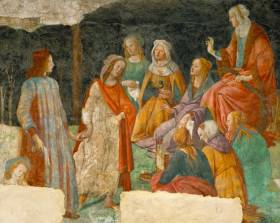
129
This article contains an exposition and an analysis on the theme of the Liberal Arts in a sermon of Saint Vincent Ferrer, renowned Dominican Valencian preacher during the passage between the fourteenth and fifteenth centuries. We intend to show that the Liberal Arts are addressed by the sermonist within the traditional theoretical scope of classification of sciences in the medieval period, as branches of knowledge for the service of the higher science, Theology, to avail the scholastic dictum philosophia ancilla theologiae.
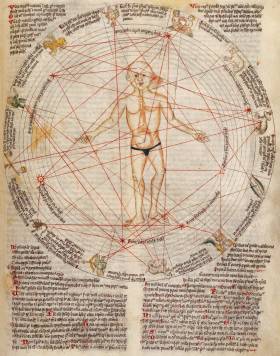
128
The Melancholy in the writings of the philosopher Ramon Llull.

127
Envy is one of the Seven Deadly Sins and a classic theme in Medieval and Renaissance Art. Our purpose is to analyze some of the more traditional images on the subject.

126
Leprosy in Middle Ages, its history, medical perception and social attitude toward manifestation of the disease. We present some excerpts from Començaments de Medicina (The Principles of Medicine) by the philosopher Ramon Llull (1232-1316) which presents the theoretical foundations of his Medicine: a metaphorical art that links the Hippocratic four elements and Theology using numeric symbolism.

125
The purpose is to present the methodology of the Spanish historian José Enrique Ruiz- Domènec (1948-) for the study of the Past: the appreciation of Music – one of the seven Liberal Arts – in historical studies as a key element for understanding the history of cultures in time.

124
Nuestra propuesta es presentar el concepto de Belleza en las obras Retòrica Nova (1301) y el Llibre de contemplació (1271-1274) del filósofo Ramón Llull, idea central retórica para convertir el mundo al Cristianismo, y mostrar sus respectivos temas, exempla y proverbios.

123
Iconographic analysis of medieval frescoes about hell with the confrontation of biblical texts, philosophers and writers of the thirteenth century.
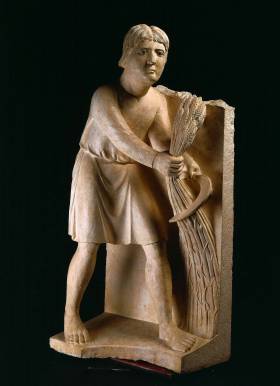
122
The purpose is to present a ripe fruit of artistic renewal (renovatio) from the XII century: the representations of peasant life in the sculptures of Benedetto Antelami exposed in the Baptistery of Parma.

121
The contents of the Second Book of Convivio (c.1304-1307) from Dante and discuss the philosophical foundations of his analogy between seven Liberal Arts and seven planets.

120
This paper analyses the subjects of Love and Beauty in the Risalah fi’l- ‘ishq (A Treatise on Love) of the philosopher Ibn Sīnā (980-1037).
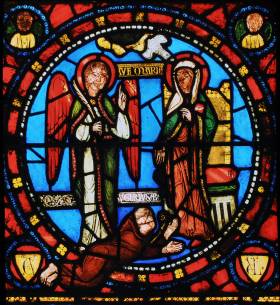
119
To reform the Abbey with a New Aesthetic (later to be known as Gothic), Suger used art to convey his interpretation of Christian theology, and so materialize, artistically, tangible means by which one could ascend from the material to the immaterial.

118
The aesthetic ideas of Umberto Eco (1932-2016) in his book Art and Beauty in the Middle Ages (1987), particularly the aesthetic sensibilities and interests of medieval themes in the metaphysics of light (claritas), the symbolism and the Allegory, and the aesthetic vision of the Universe.

117
Some aspects of the philosophical discourse and the medieval rhetoric elements contained in the sermons of Saint Vincent Ferrer (1350-1419), especially his thoughts about a theme currently and universally present in the Christian Middle Ages: the moral virtues or cardinal virtues.

116
The crisis of History and decay of Historical Consciousness in the Postmodern era of the absolute Relativism.
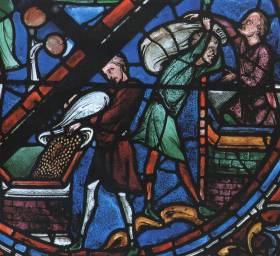
115
Iconographic study of images of medieval peasants in Chartres and Amiens cathedrals.
